
What to Do After Reading: A Sustainable Note-Processing Workflow
There is a lot of advice out there on how to process highlights in order to create meaningful reading notes. What’s important is that the workflow is sustainable for you.
This post describes a three-step workflow that is intended to be realistic and sustainable for your reading. This works with articles, books, weblinks and more. The three steps are:
➡️ Initial processing - tidying and organizing your highlights
➡️ Linking - connecting highlights to relevant concepts and notes
➡️ Reviewing backlinks - discovering what your highlights collectively teach you about your notes
We’ll focus on the first two steps as constant activities to do when taking notes, and the third step is for an ad-hoc basis.
It’s important to be intentional in all of these steps: intentional with what you read, what you highlight, which highlights you keep and how you deal with them. It is not a passive process, it requires your time and effort, but it is precisely that which makes it valuable.
Think of This as a Menu, Not a Recipe
There is no one-size-fits-all approach to processing reading notes, therefore there is no need to try to enforce one. We advise you to treat the activities described below as a menu, not a recipe to follow.
If you want to see this workflow in practice, then check out this video. If not, read on!
Step 1: The Tidy Up
This is about initially processing your highlights with a new goal in mind: how do these highlights help your knowledge work. Readwise Highlights become individual blocks in Capacities. Let’s start to organize them.
What this can look like
Rearrange by theme. You can group similar highlights together to see the themes that the source mentions. You can use headings to separate them. Drag and drop highlights to an order that makes sense to you.
Delete highlights with confidence. If you highlighted something that seemed important in the moment but doesn’t fit your current thinking, delete it. You can always go back to Readwise and send that highlight to your Capacities space again if you need it later.
Add quick notes to yourself. Use the note button on each highlight to add extra thoughts. You can even ask the AI assistant questions about a highlight and append the answer if you want a quick clarification.
Edit and combine if needed. If a highlight got split across pages (common with books), you can backspace at the start of a block to merge it with the one above.
Why do this?
You’re moving away from thinking about individual highlights towards an understanding of what the source talks about as a whole, and how that can be useful to you in your knowledge work. Even if you left the highlights here, you’d be able to return at a future point and immediately know more about what was discussed in the source.
But highlights alone aren’t particularly valuable in Capacities. Remember Capacities is a networked note-taking app, it’s built for connections! By processing highlights and connecting them to other notes, we make them more valuable. So let’s talk about linking.
Step 2: Linking
Linking matters for two core reasons:
Retrieval
Each note gains multiple access points. You can find it by date, type, search, or tag, which makes it much easier to find content when it is contextually important to do so.
Context creation
Linking is how we move away from isolated notes (like a series of Word Documents) into connected notes (what Capacities is built for).

It’s hard to remember that a source you read two years ago mentioned a topic you’re now exploring in new highlights. But the backlinks section of that topic will have both the old and new highlight because it’s contextually similar: it talks about the same topic.
When we review contextually related content together, you get comparative insight and synthesis that individual sources cannot provide.
We’ll see more about that in Step 3, but before we get there, we have to link. Let’s start broad, then go more specific.
Tag the object Based on those themes you identified, add tags to the object. Apply tags yourself first, then use the AI tag suggestions if you want to see what you might have missed.
Tag highlights with their themes and topics This creates a valuable repository of content about that topic over time, which you can dive into at any time.
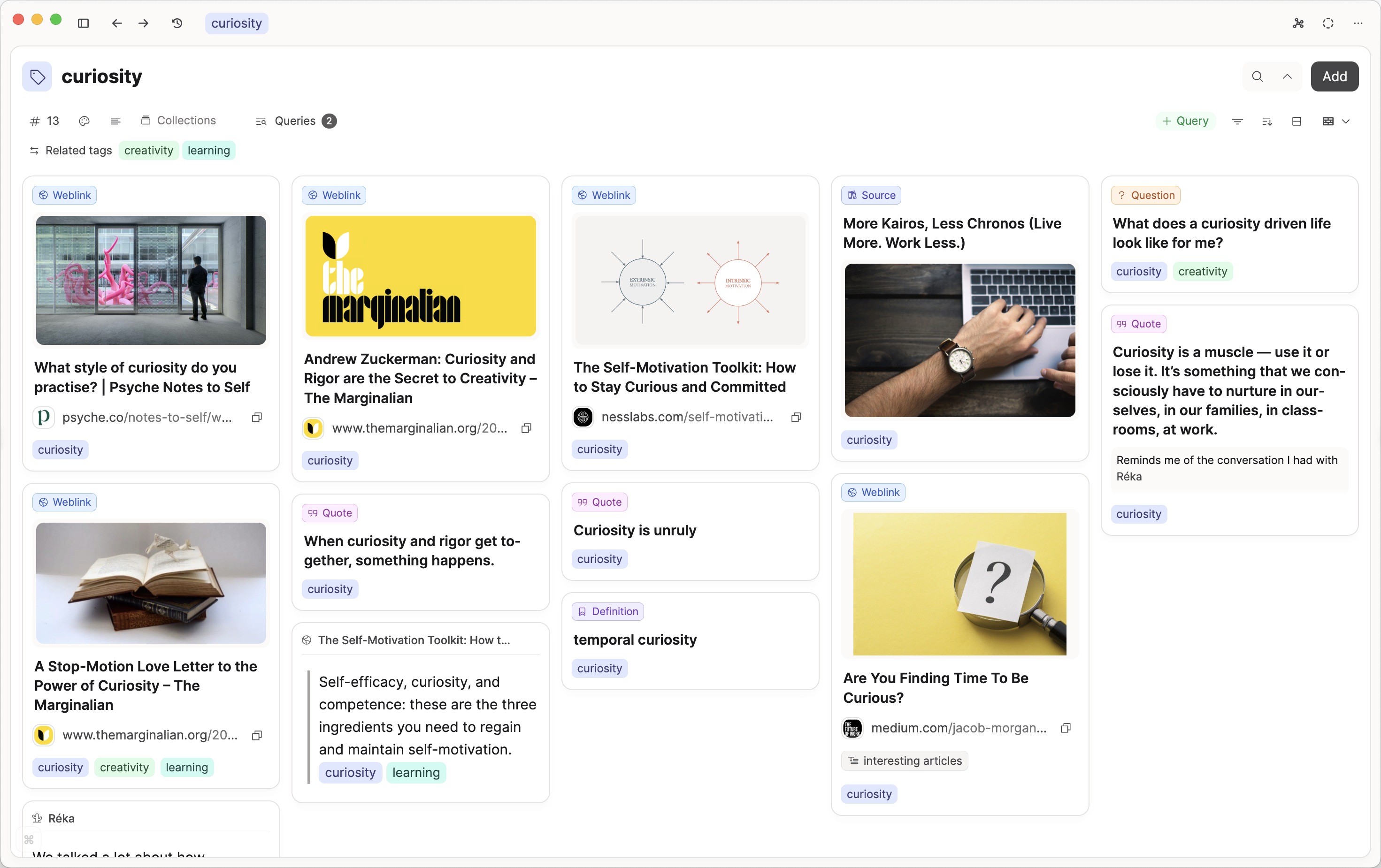
Link individual highlights to specific concepts you already have notes on with @ As you review each highlight, ask: “What is this teaching me about?”, “What does it remind me of?” Search for existing objects on that. Now that specific block shows up as a backlink of that object.
Create new objects for new things you’d like to learn about. If a source teaches you something new that you’d like to take notes on in the future, create a note with +. When you do that from the highlights, you’ll find that highlight in the backlink section of your new note.
If you are linking, indent related concepts underneath it. That will make your backlinks more useful. See more about this here.
Turn standout highlights into their own objects. Sometimes a highlight is so important you want to find it outside the context of this note. Click on the icon to the right of your highlight and choose “turn into object”. Pick any of your object types. This new object is still linked to Readwise.
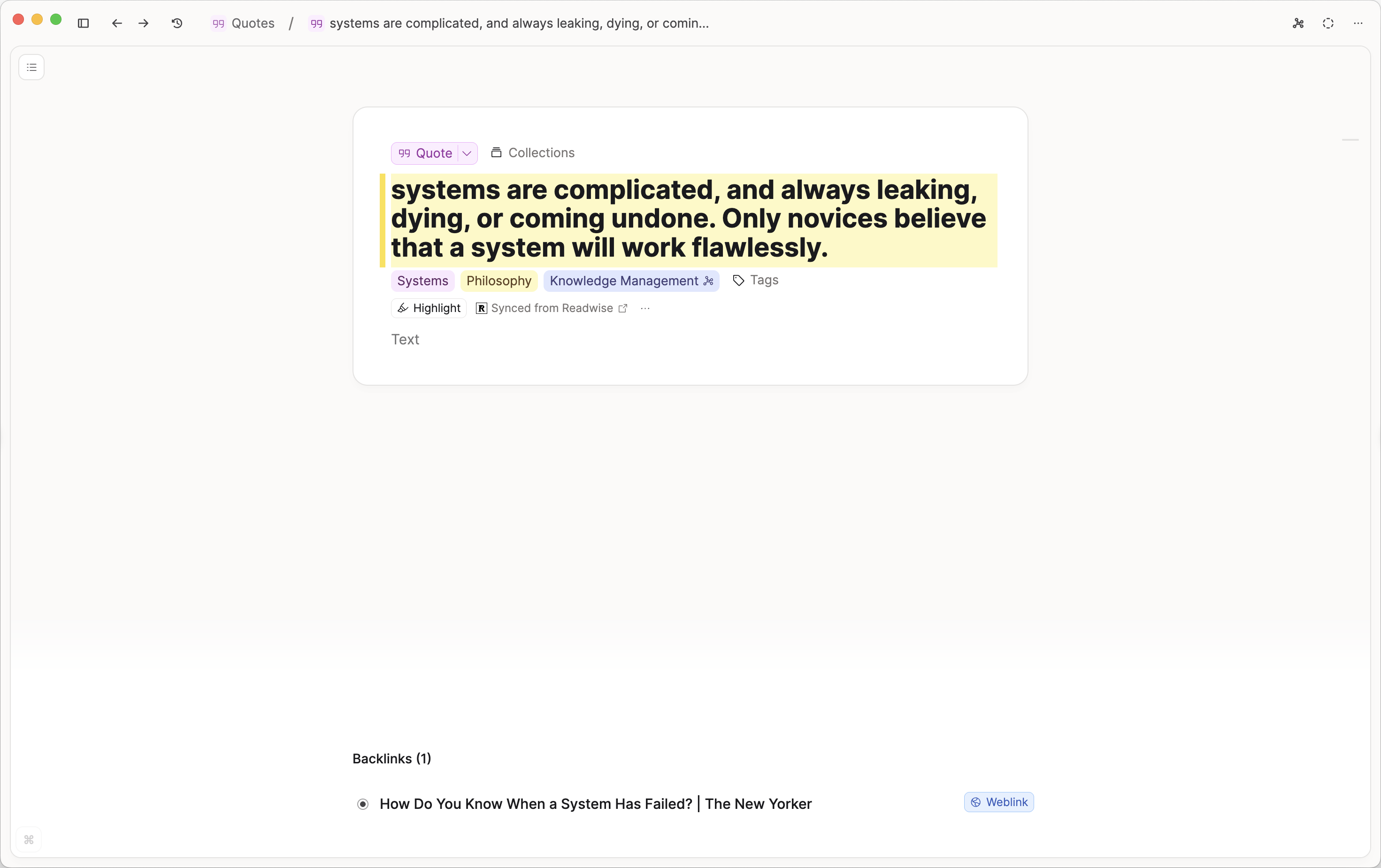
Why Steps 1 & 2 Matter So Much
Linking leaves a trace: backlinks. Every time you link a highlight to a concept, that highlight appears in the backlinks section of that concept’s note. This is the foundation of how this workflow creates value.
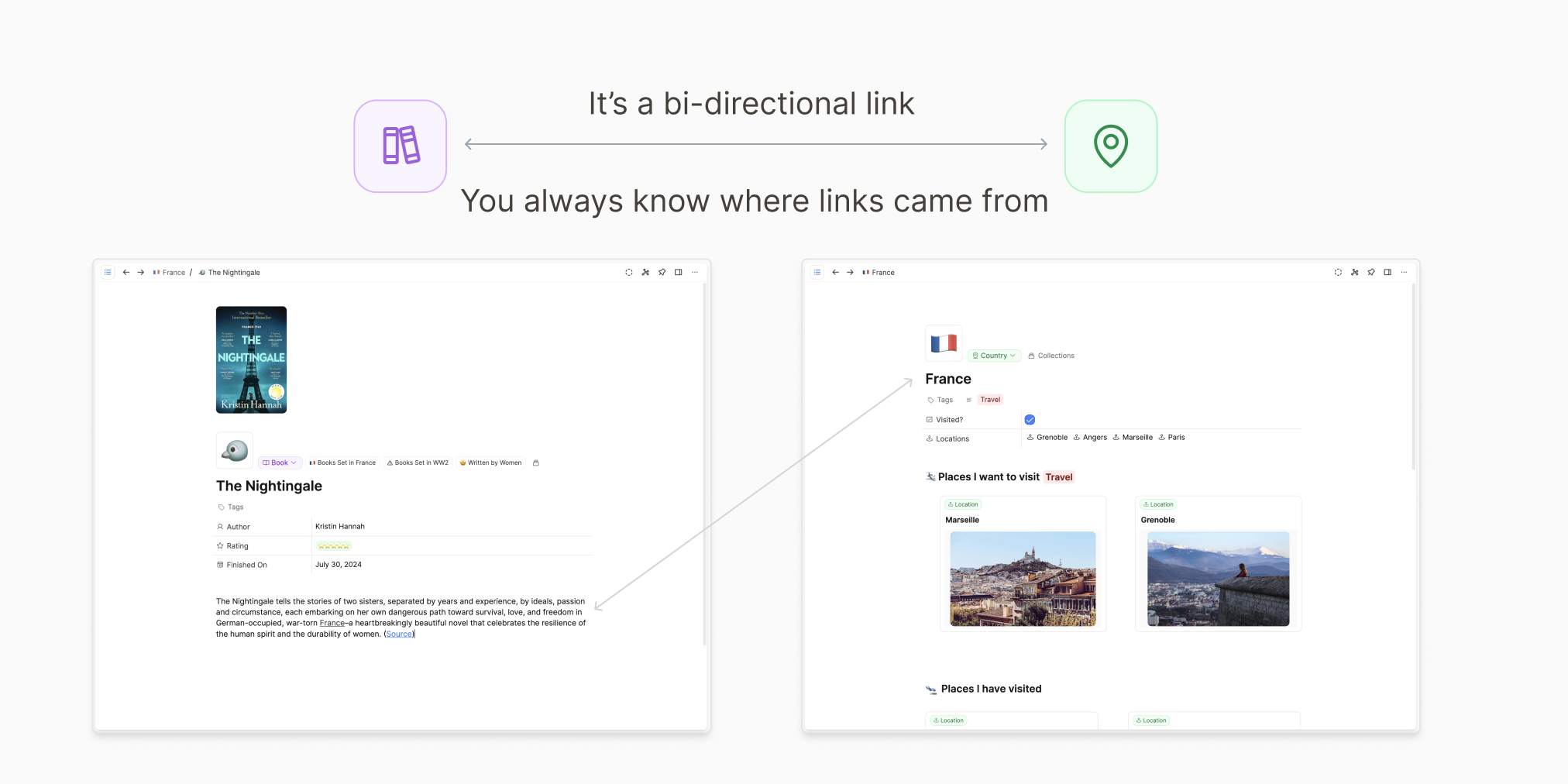
If you consistently do Steps 1 and 2, you end up with processed highlights that you’ve decided are interesting or important to you, and you’ve ensured they’ll show up in multiple places.
If your content shows up in multiple places, you’re saying that it can be useful for developing your understanding about multiple different notes. In order to develop that understanding, we move onto Step 3, which is about reviewing the backlinks and summarizing what they collectively mean about a note.
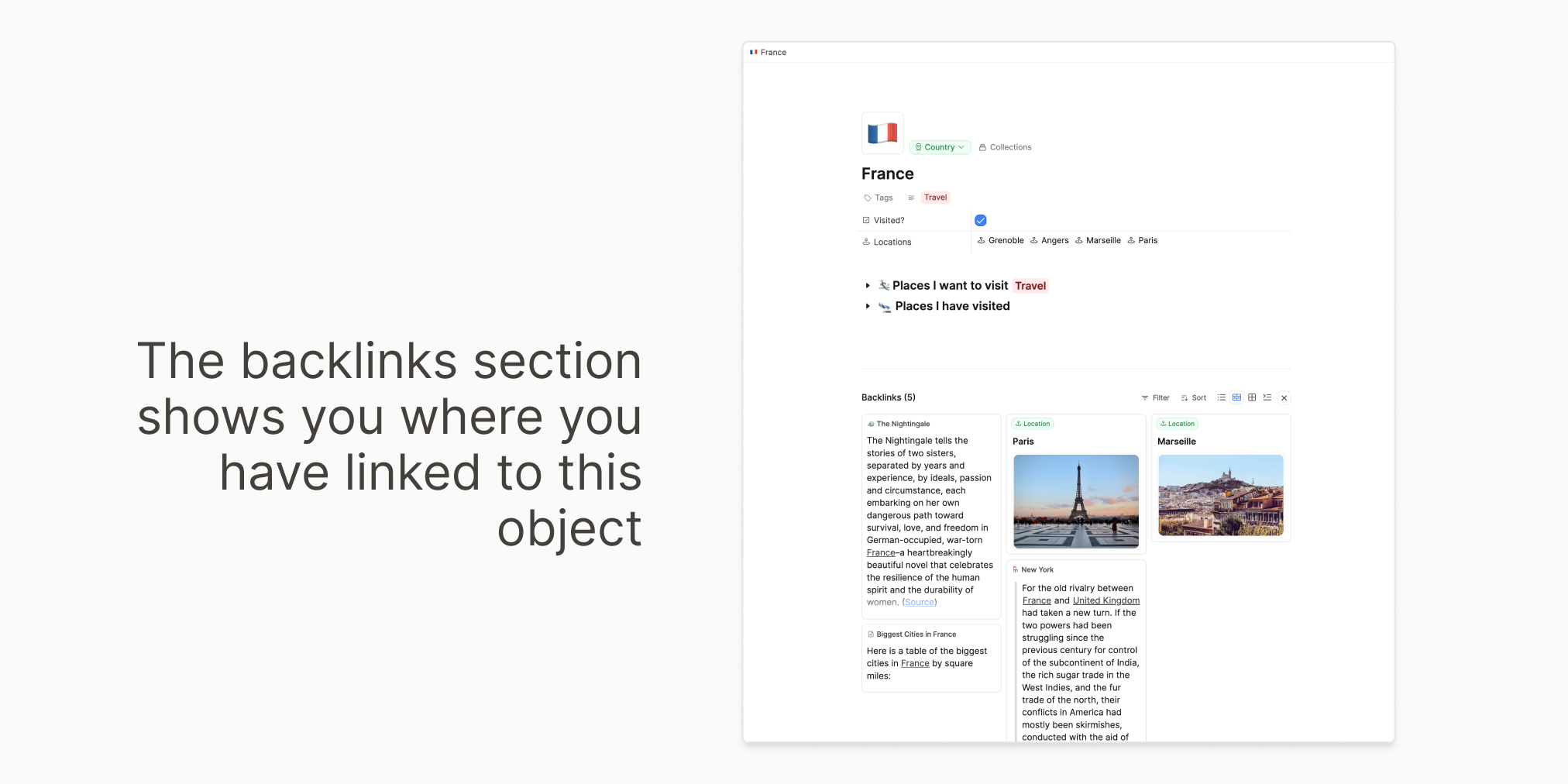
But if you consistently review and link your highlights, you are consistently adding new content to the backlinks sections of various notes. This creates a never-ending job to review your backlinks.
While highlights can be processed or unprocessed, linked or unlinked, your backlink sections will only grow the more you read and link. So before we move onto Step 3, we have to pause to consider how to make it a sustainable workflow.
Making Step 3 Sustainable
It’s important not to set a standard of processing every new backlink on every new note. It’s more realistic to do this as needed. In fact, this is often where you will find moments of serendipity in your space.
Think of the backlinks section as a ready-prepared work environment to use later. This is how networked note-taking works. It takes the pressure away from having to do the work now, but it leaves what you need exactly where you need it. You don’t need to worry about constant processing day-to-day.
So when will you do step 3? In practice it might look like a weekend research rabbit-hole, or perhaps you have an assignment on a certain topic which directs your backlink reviews.
Let’s have a look at how to do it in detail.
Step 3: Reviewing Backlinks
It’s time to review the backlinks section and summarize what it teaches you about a note. This step is valuable but time-intensive. Don’t feel the need to do this immediately after linking your highlights if you don’t need or want to, treat it like an ad-hoc process.
What this looks like:
Open one of your notes and look at the backlinks section. You’ll see every place you’ve actively linked to this concept. Now it’s time to summarize what they collectively teach you about the note. Write that summary in the note.
From this comes new insights. You aren’t just taking what others have said about that note, but you are combining what many people have said and drawing your own conclusions.
Beneath the backlinks may be a ‘Mentions’ section under the backlinks. This is where the name of your note appears without being linked to. These are likely connections you might have missed so review them too. They can teach you something as well!
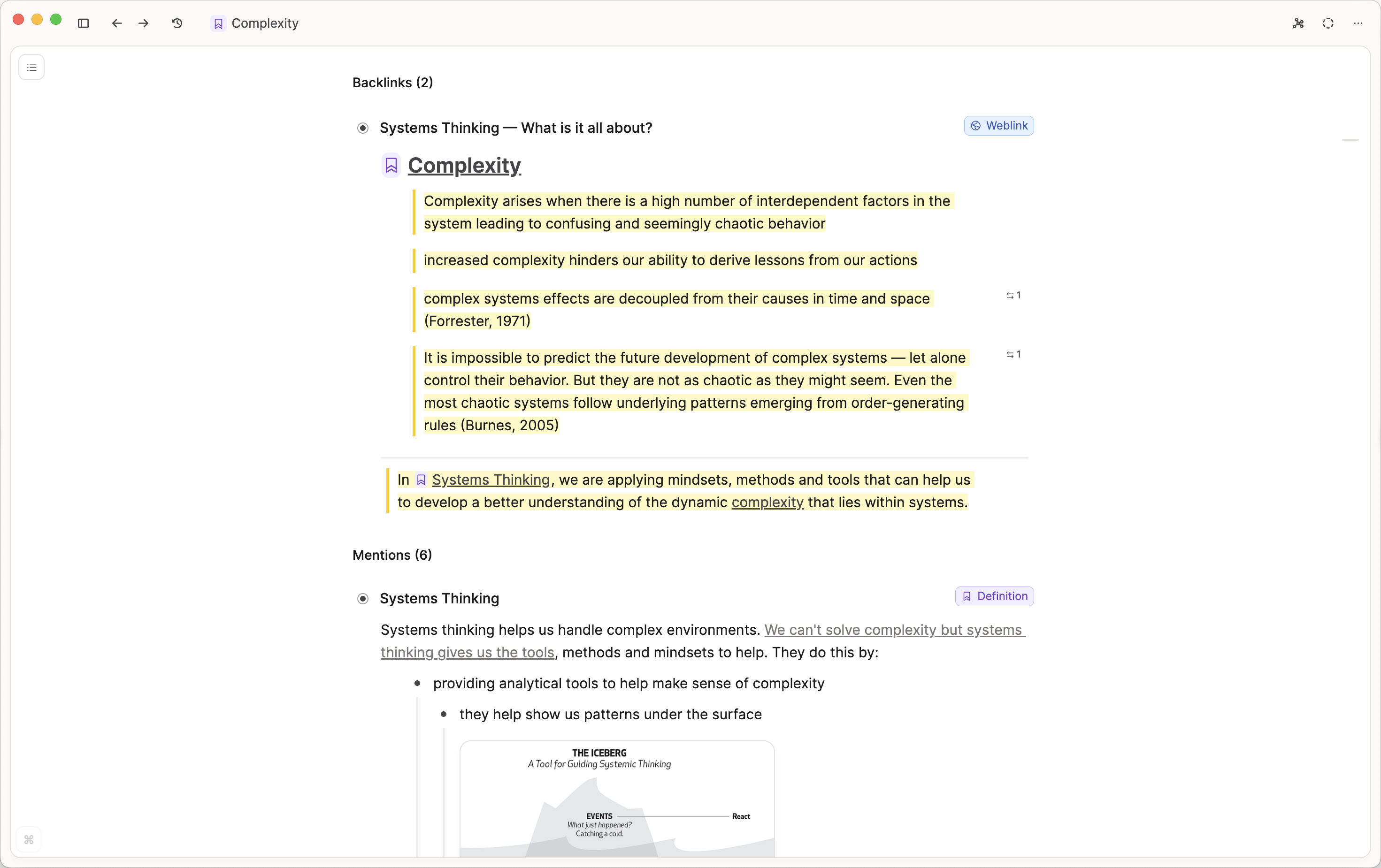
It can be hard to summarize what they teach you. It will involve a lot of thinking, writing and re-writing. You might even find real gaps in your knowledge that you want to fill, which prompts more reading and more linking. This is how a knowledge practice is developed.
What you’re accomplishing:
You’re moving from “here are some interesting things I highlighted” to “here’s what I actually understand about this concept based on everything I’ve got notes on in Capacities”.
In other words, you’re creating notes that represent your thinking, not just your reading.
Summary
Your highlights are raw material, but it’s how you work with them that will give you connected insights from your reading. We encourage you to be intentional with your reading workflows in order to create a sustainable practice you actually want to engage with. This is rewarding, and will bring you real value.
Have questions about this workflow? Want to share how you approach your highlights? We’d love to hear about it.
📚 Read more

Getting Started with Capacities!
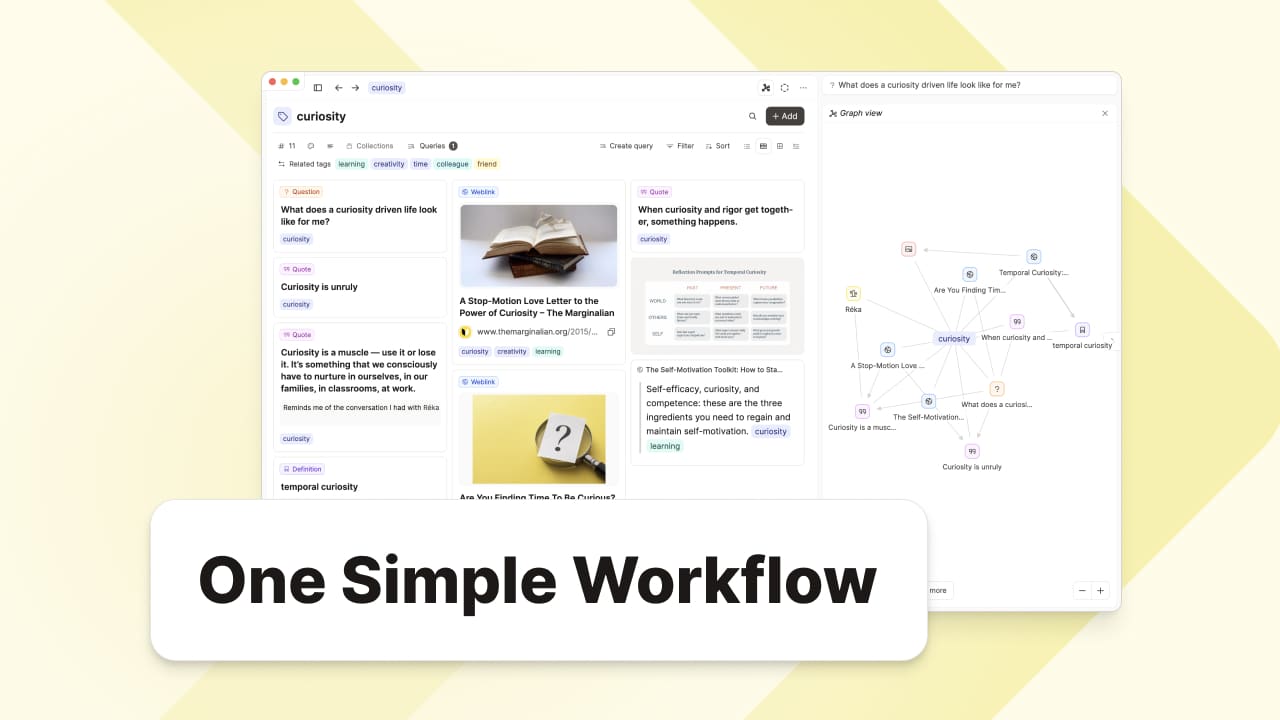
How to Capture, Review, and Use Your Notes
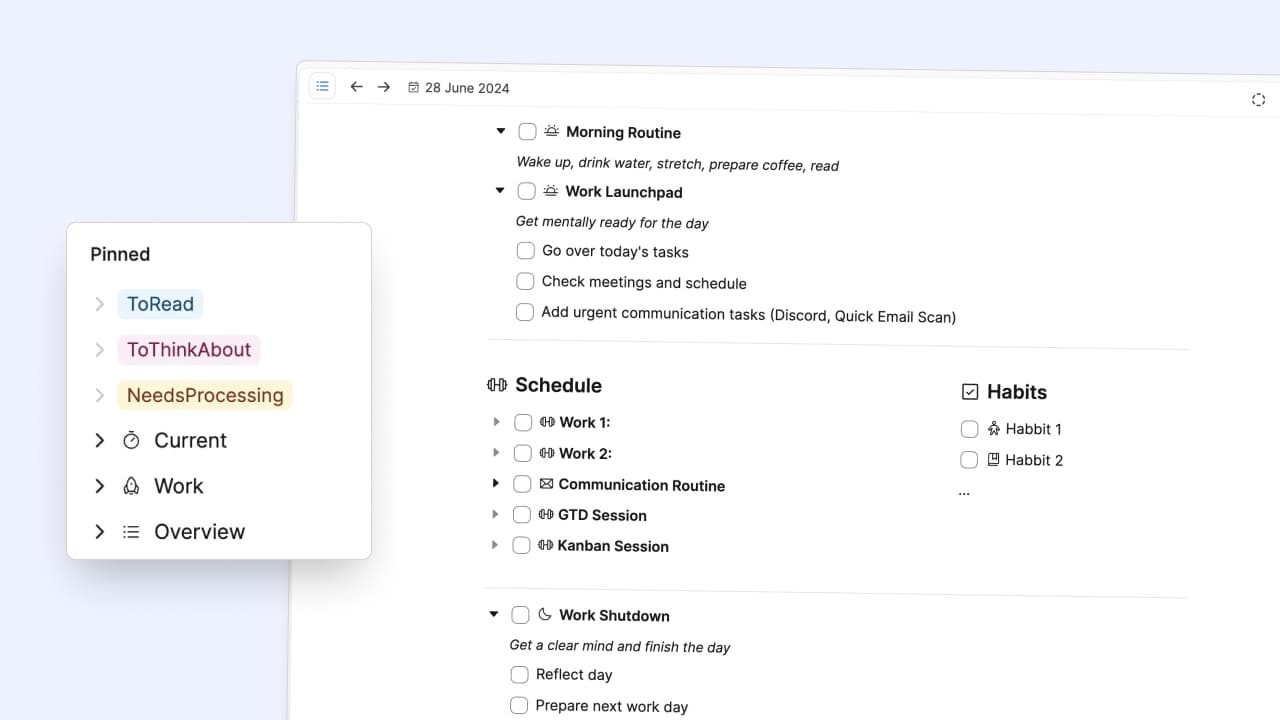
My simple but effective inbox and daily routines system
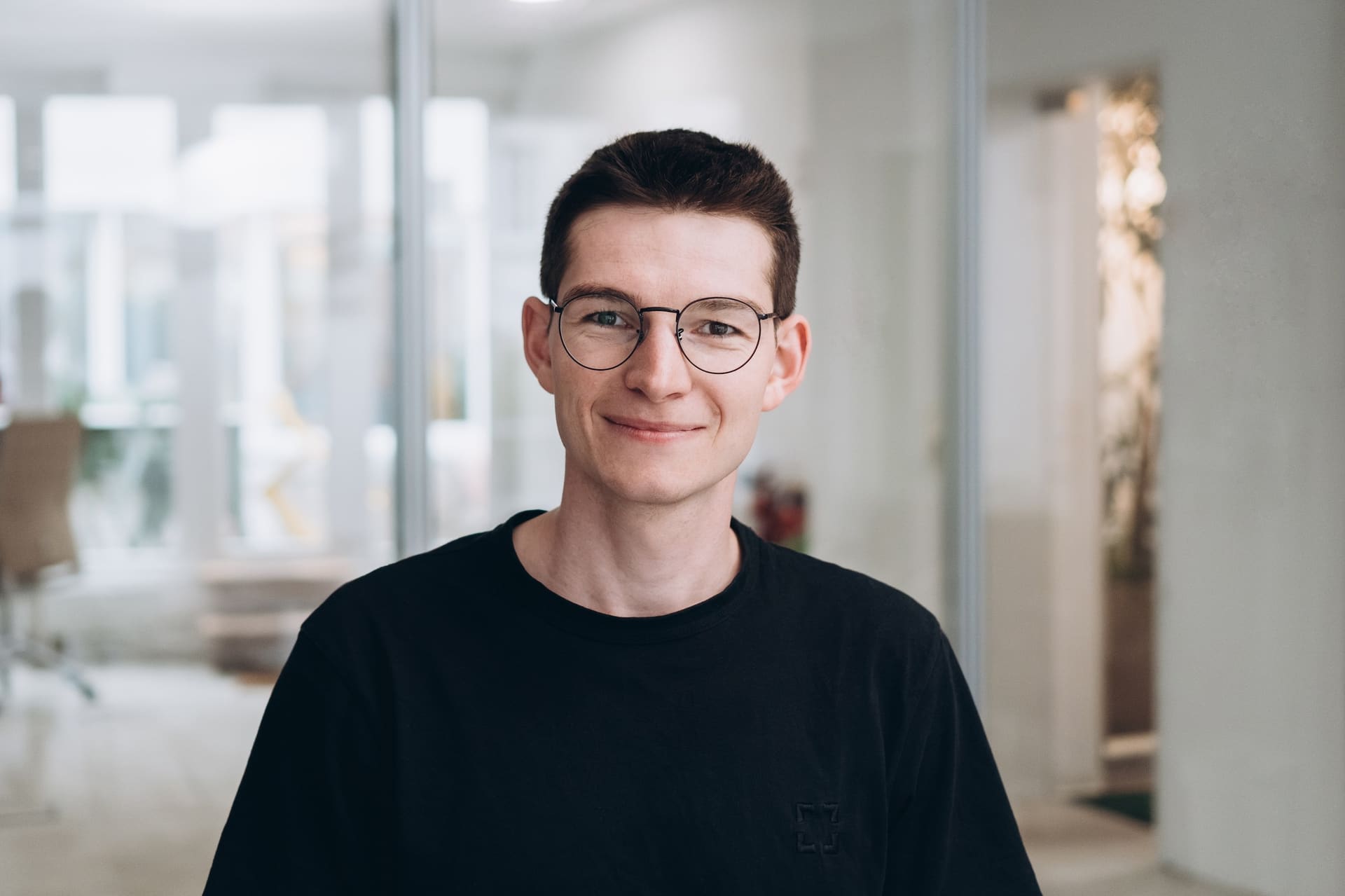
Steffen Bleher